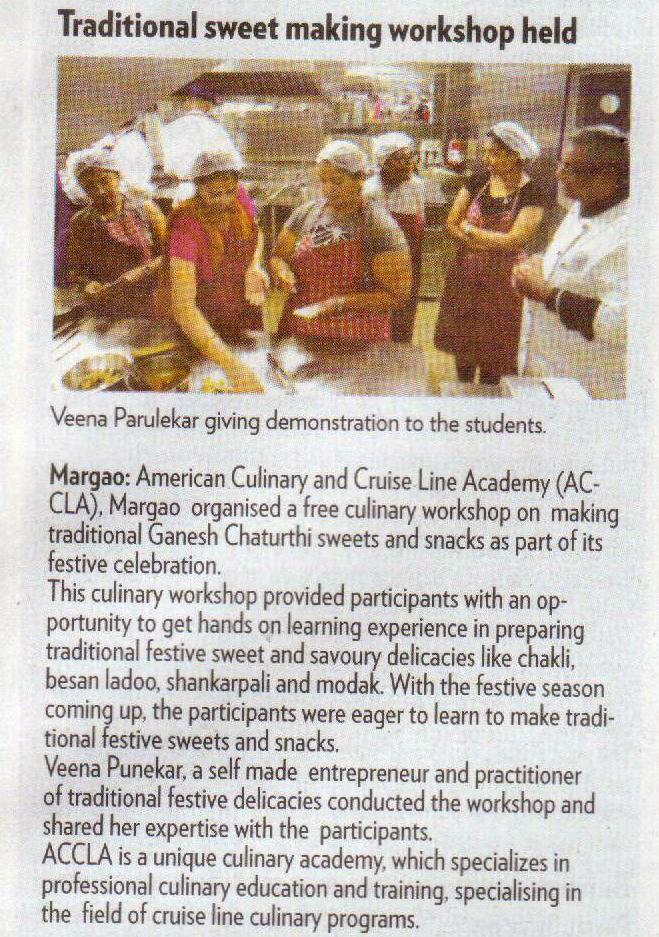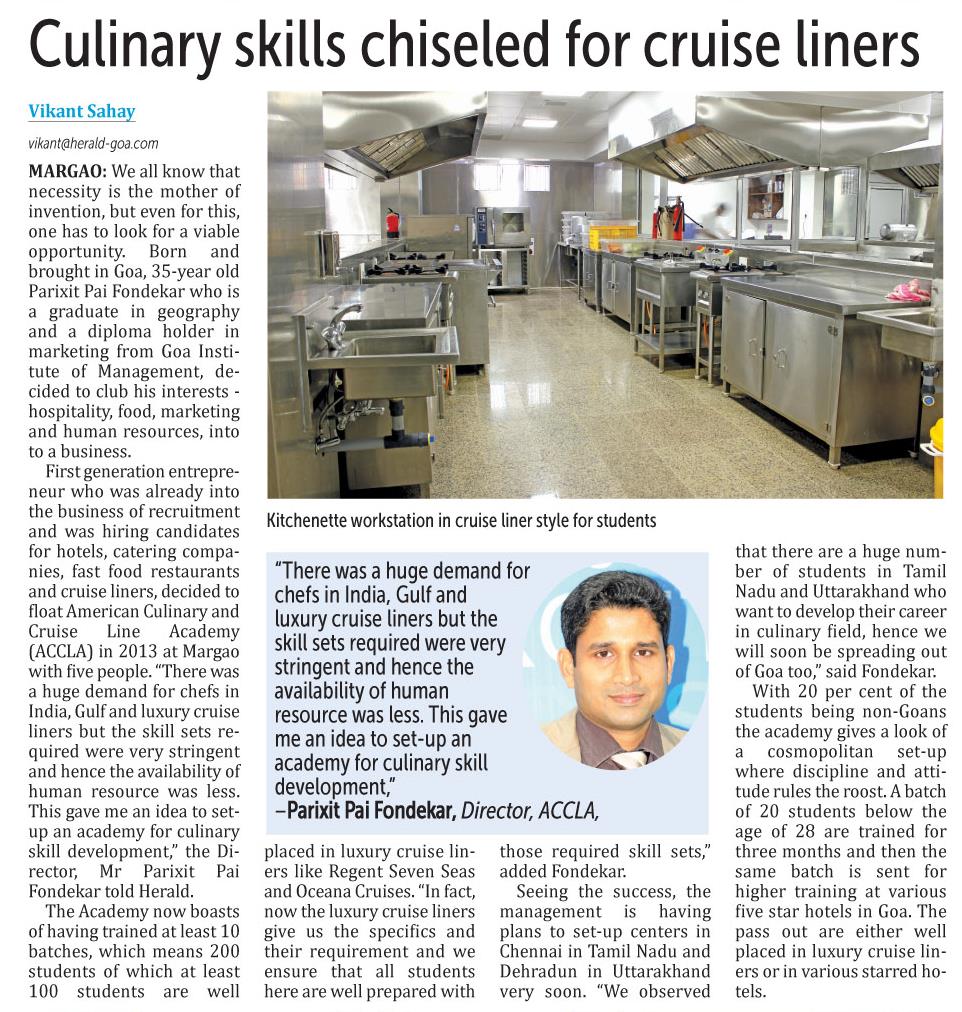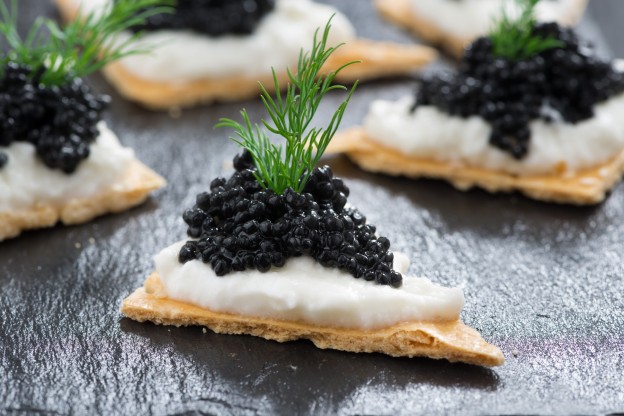Cruise ship jobs can be very rewarding, both work-wise and monetarily. But no matter what level you are at, no job can offer as much joy as one feels when giving back to those less fortunate. Cruise lines often dock at beautiful ports with swanky facilities, but there are still areas and people who need voluntary aid.
Many cruise ships organise volunteering activities for guests, which serve the dual purpose of helping locals as well as creating awareness among guests and promoting the company’s image. However, there are some that hold similar activities that their crew members can participate in, offering cruise ship employees a chance to give back to the ports that become familiar to them.
Carnival Cruise lines has the Carnival Foundation which includes its Friends Uniting Neighbors – or FUN – Team. It organises corporate and employee donations during emergencies such as hurricanes in North America, while crew also engage in cleaning beaches and spending time at orphanages and children’s charities at various ports. The foundation puts together regular philanthropic programmes, employee fundraisers and volunteer activities, from providing meals to the homeless to coastal conservation. The company has recognised its ‘Volunteer of the Year’ for more than two decades now based on community service efforts.
Royal Caribbean Cruise Line supports three main charities, to which crew volunteer in a number of different ways. The company offers its ships for fundraising events and donates cruises for auction. Employees also help out with Make-A-Wish children through a Wishes at Sea initiative. The cruise line’s GIVE (Get Involved Volunteer Everywhere) initiative encourages employees to get hands-on in the local society from mentoring school children to donating time for community service. During holiday season, crew can choose a charity of their choice in a port of call to buy items or gifts required.
Crew members from Disney Cruise Line volunteer with less fortunate children in their ports of Nassau and St Thomas in the Caribbean by spending time with them through a Reading Together programme. The VoluntEARS – as they are called – read classic stories to classrooms to increase their love for reading.
Life is exciting and fun as part of the cruise ship crew, and volunteering helps spread some of that joy.





